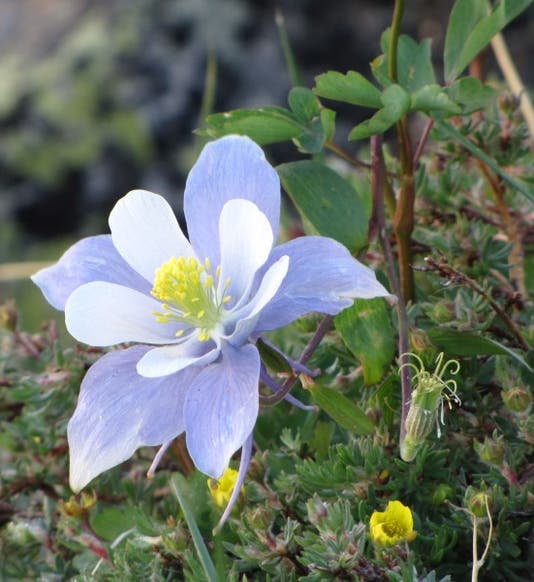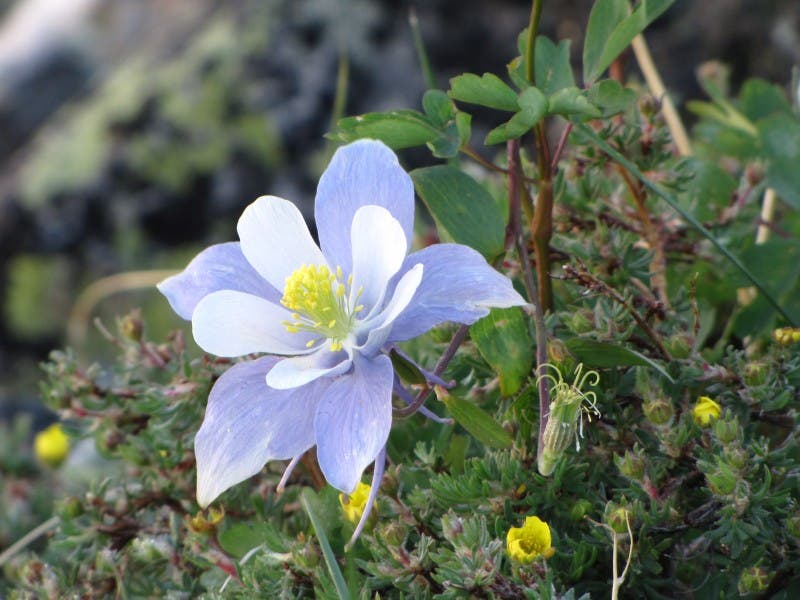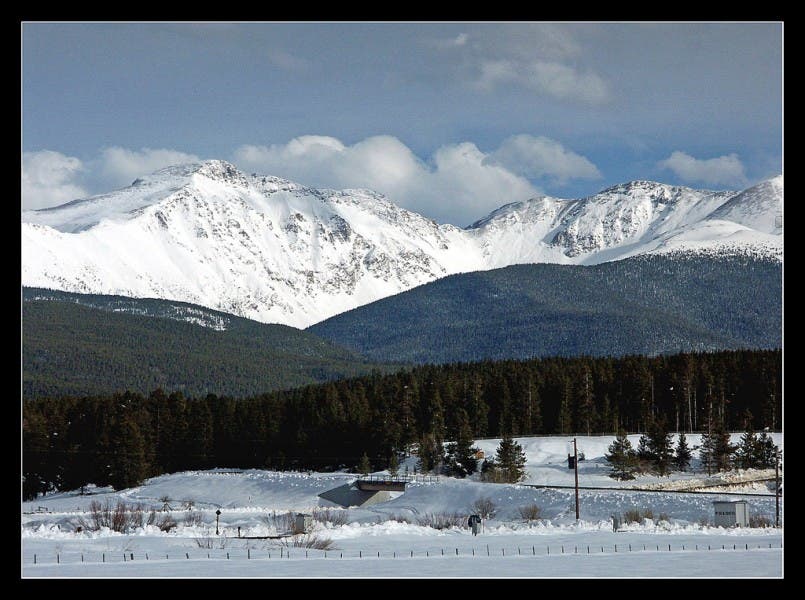Scientist of the Day - Edwin James
Edwin James, an American botanist, died Oct. 28, 1861, at age 64. In 1820, James, just 22 years old, was invited to join the expedition of Stephen H. Long to explore the headwaters of the South Platte and Arkansas rivers. The expedition, starting in June from a steamboat anchored on the Missouri River near Council Bluffs, successfully made it across the Great Plains to the site of modern Denver, where the South Platte emerges from the Rockies. On July 10, 1820, James discovered a new alpine plant, a blue columbine, that he named Aquilegia caerulea (see first image above). It is now the state flower of Colorado. Then the party turned south and passed Pikes Peak, which had been discovered by Zebulon Pike in 1806 but had never been climbed by a non-native. On July 14, James and a few companions successfully made it to the top of the mountain. The expedition then moved to explore the sources of the Arkansas River, and then the Red River, and concluded its mission in September of 1820. Since Long immediately went out on another expedition, it fell to James’ to write the narrative, Account of an expedition from Pittsburgh to the Rocky Mountains (1823). We have a copy of James’ Account in the History of Science Collecction, and we displayed it in our 2004 exhibition, Science Goes West. The exhibition, however, is not available online.
The photo of the columbine above was, fittingly, taken by someone climbing James Peak, the 13,200 foot mountain in north-central Colorado named after Edwin James. The second image above provides a wintry view of James Peak.
Dr. William B. Ashworth, Jr., Consultant for the History of Science, Linda Hall Library and Associate Professor, Department of History, University of Missouri-Kansas City








